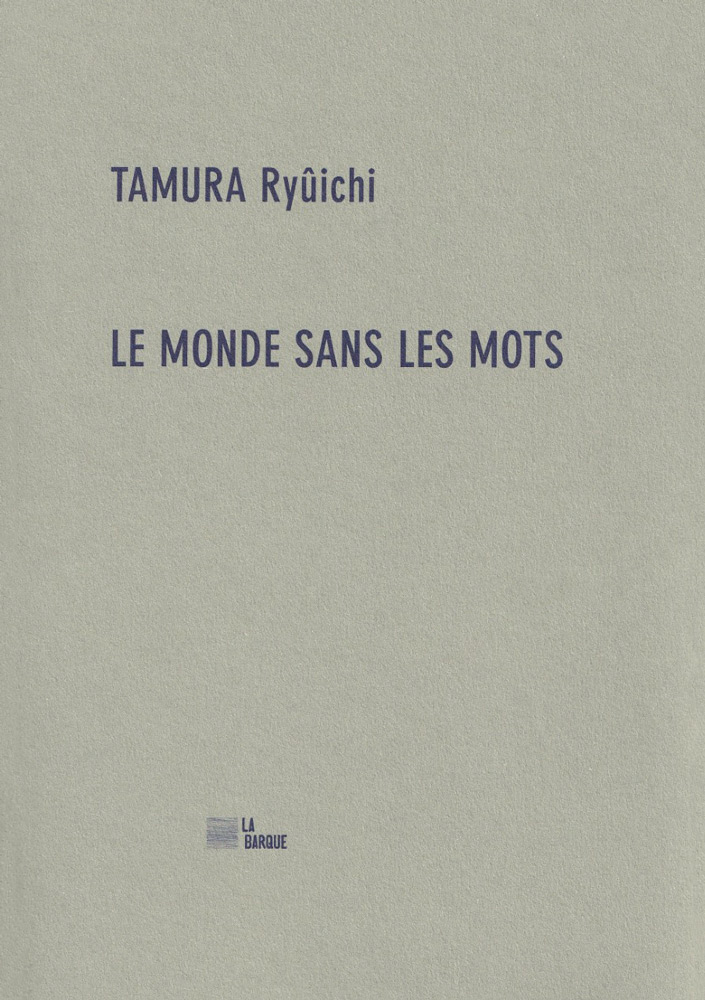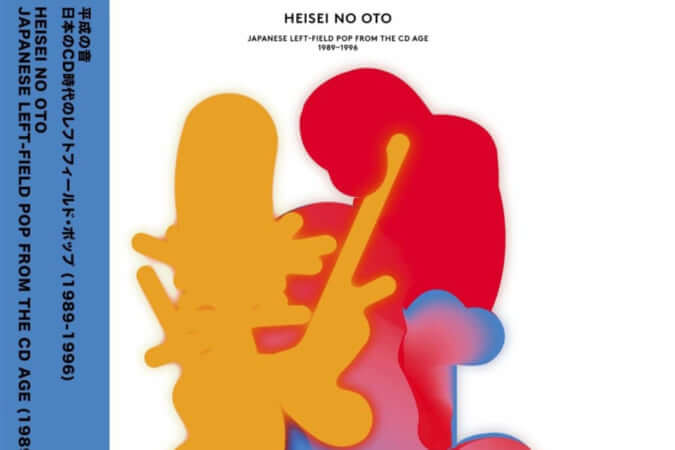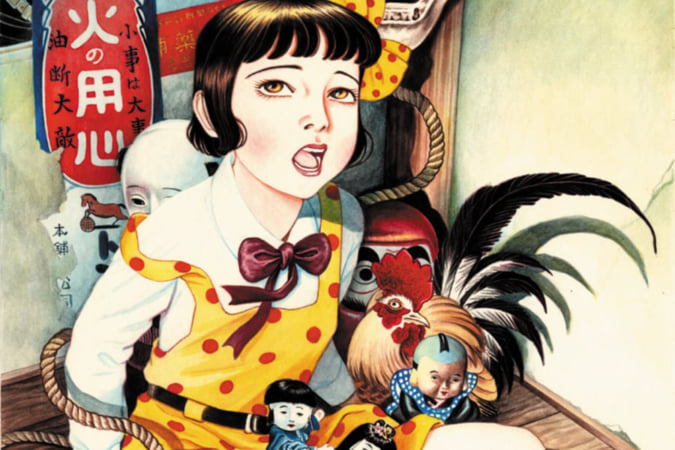‘World Without Words’, a Mise-en-Abyme of Language
In this collection of poems, Ryuichi Tamura, a major figure in contemporary Japanese poetry, examines language and its violence.

© La Barque
‘My poetry is a simple thing’, Ryuichi Tamura declared in one of his poems. A simple thing that, in the collection World Without Words, achieves an incredible feat: sketching the outline of a world without words, while using the latter to do so.
Ryuichi Tamura is one of the most important figures in contemporary Japanese poetry. Born in 1923, he graduated from the literature department at Meiji University in Tokyo, where he met students and poets with a close interest in modernism.
He enrolled in the Imperial Navy in 1943 and returned to his first love of literature four years later when he revived Arechi, a literary magazine. Thus, he got involved in poetry, in parallel to working as a translator of English language novels, including the works of Agatha Christie, and, in the space of a few years, became one of the figureheads of contemporary Japanese poetry.
A collection of his first works
Ryuichi Tamura constructs his poems around themes that are prevalent throughout his body of work: violence, survival and language. The poet addresses semiology, the use of language to create meaning. However, he counteracts the tough nature of his favourite subjects with the description of a procession of creatures in which animals and plants try to re-establish the shape of a world where language sacrifices nothing.
The Four Thousand Days and Nights (1956), World Without Words (1962) and A Green Thought (1967) were his first works and are included in the collection World Without Words, with the addition of two other long poems: ‘Perishable substance’ and ‘A study of fear’.
World Without Words (1971), a collection of poems by Ryuichi Tamura published by Ceres Press.
TRENDING
-
The Tattoos that Marked the Criminals of the Edo Period
Traditional tattoos were strong signifiers; murderers had head tattoos, while theft might result in an arm tattoo.

-
The Story of Sada Yacco, the Geisha who Bewitched Europe
Described by Dazed magazine as the first beauty influencer, she has been restored to her former glory since 2019.

-
Chiharu Shiota, Red Threads of the Soul
Last year, more than 660,000 people visited the retrospective 'Chiharu Shiota: The Soul Trembles' exhibit at the Mori Art Museum.

-
Japanese Left-field Pop From The CD Age, 1989-1996
‘Heisei No Oto’, a compilation of hidden gems in the unspoken depths of Japanese pop, reveal blissful moment of technological possibility.

-
‘Shojo Tsubaki’, A Freakshow
Underground manga artist Suehiro Maruo’s infamous masterpiece canonised a historical fascination towards the erotic-grotesque genre.





